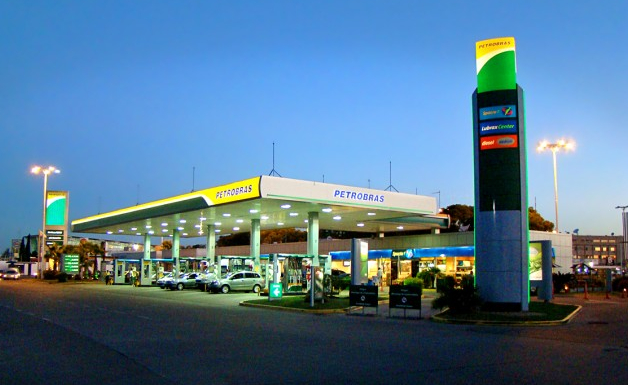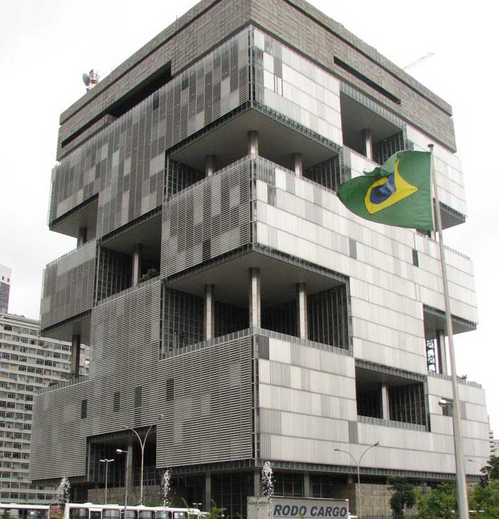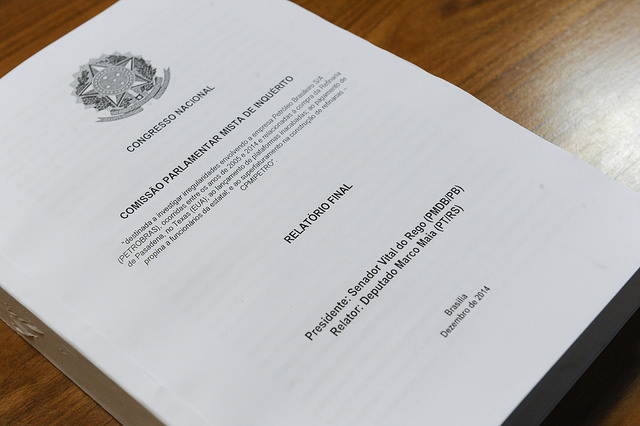Paulo Roberto Costa, a former senior executive at Petrobras, the Brazilian state energy company, was arrested on charges of money laundering early last year. At first it seemed like any another corruption case. But then Mr Costa began to talk. The evidence he gave began to lift the veil on the largest corruption scandal in Brazilian history. In twelve months it has snowballed: nearly 50 politicians have been implicated, including the Treasurer of the governing Workers’ Party and the speakers of both houses of Congress. The scandal has overshadowed more positive political developments, hurting investor sentiment and casting a shadow over an already beleaguered economy.
The prospect of class action by institutional investors darkens an already grim outlook for the state-controlled company, although Investec feels one of the big outstanding risks, that the company fails to issue audited accounts, is an unlikely outcome. Petrobras issuing audited accounts, and the sentencing of those found guilty, should go some way to drawing a line under the scandal. The lack of evidence implicating President Dilma Rousseff would suggest her impeachment being unlikely.
Overall, experts at Investec feel the political impact of the scandal will recede and market sentiment should begin to recover in the months ahead, although given the important role that Petrobras plays in the economy – it accounts for around 10% of capital investment and 6% of GDP – the headwinds to growth will be significant, especially given the knock on impact on a number of other large companies linked to the scandal. The growth outlook is further hampered by the prospect of additional water rationing as well as the increasing likelihood of energy rationing. The country is suffering its worst drought in 80 years, which has particularly hit the economically vital Sao Paulo region. While recent heavy rain has helped alleviate the situation, water rationing may continue for some time yet while some energy rationing cannot be ruled out sometime in the year which would further weigh on the industrial sector.
These two exogenous shocks have come at a time of acute weakness in the Brazilian economy, point out the analisys by Investec. GDP growth has collapsed since the heady days of the 2000s. Brazil’s external and fiscal positions have weakened significantly, inflation is at a 9-year high and the real has halved in value since 20103. Robust growth during the 2000-10 period was largely the result of strong commodity exports and with the commodities supercycle seemingly over, the lack of diversity in the economy has become all too apparent. This dynamic is also at the heart of the weakening external position. The current account deficit has been on a worsening trend for the last eight years, partly driven by the trade balance, and in particular the lower value of commodities.
Brazil’s fiscal position has also deteriorated markedly. In 2014 the country recorded its first primary budget deficit (i.e a government budget deficit before interest payments) of the century. However, the new finance minister, Joaquin Levy, is seen as a credible technocrat and he has pledged to restore fiscal sustainability and transparency, commented the firm. The methods by which primary surplus targets were met have been in question in the past few years. To this end, the government’s target this year is for a primary budget surplus of 1.2% and pledged fiscal tightening measures such as reduction in unemployment benefits and cuts in discretionary spending. The political outlook is also supported by a number of small reforms in the pipeline, which on aggregate should underpin growth over the medium to longer term.
Of particular note, the lower house has approved legislation that will improve labour market flexibility. Notably this bill was opposed by Dilma’s Workers’ Party, but with the legislation containing significant changes from Mr Levy, this should ensure the bill passes both the Senate and gets signed into law by the President. So while the reform agenda may not be on the same scale as India, the outlook is much more positive than Dilma’s first term and a lot more positive than investors were envisaging even just a few months ago. The central bank is also trying to regain some of its credibility, with Governor Tombini vowing to bring inflation back towards the official target of 4.5%. He has subsequently restarted the rate hiking cycle. Brazil’s benchmark rate now stands at a six-year high of 12.75% after a cumulative 175 basis point increase since September, up 5.5% since the beginning of the tightening cycle in 2013.
Currency risks remain to the downside, particularly through further deterioration in the country’s terms of trade. We have generally held an underweight exposure to the Brazilian real over the last few months which has added to relative performance. For now, however, we are neutrally positioned. While the risks to the currency remain to the downside, with reference rates at 12.75%, it is an expensive currency to remain underweight and given the sell-off in recent months we are unconvinced about the scope for further weakness.
“We have maintained an overweight position in local duration as we are positive on the long term fundamentals. The headwinds from the Petrobras scandal and the weakening real have ensured this position has hurt relative performance over the last few months. However, we have favoured longer-dated bonds which have held up relatively well as the increased credibility of the new economics team has helped underpin the long-end of the Brazilian yield curve. While it is unlikely that the ambitious primary surplus target will be met, it has at least encouraged the ratings agencies, and we expect them to give Mr Levy time to implement fiscal adjustments and so we believe the sovereign credit rating will remain investment grade. We feel the sell-off in yields has been excessive, given the long term fundamentals, but we felt it prudent to reduce our position from a risk perspective. In hard currency bonds, we moved to an overweight position in February after spreads widened to levels we viewed as oversold. As the crisis receded in March/April spreads have compressed from a peak of 375 to around 290 at the time of writing”, concluded Investec.
The next few months will require careful monitoring, but over the longer term Investec is still optimistic about the ability of the government’s new economics team to make the appropriate adjustments to help repair the Brazilian economy.
It is likely to be a year of difficult adjustment in Brazil and it will likely remain one of the more vulnerable large markets in the GBI-EM universe. However, over the longer term we are encouraged that the government is taking the first steps to regain market credibility and make the necessary reforms the country so desperately needs.




 For Fórmate a Fondo
For Fórmate a Fondo

